Sergente Maggiore Sergio Stauble 73^Squadriglia
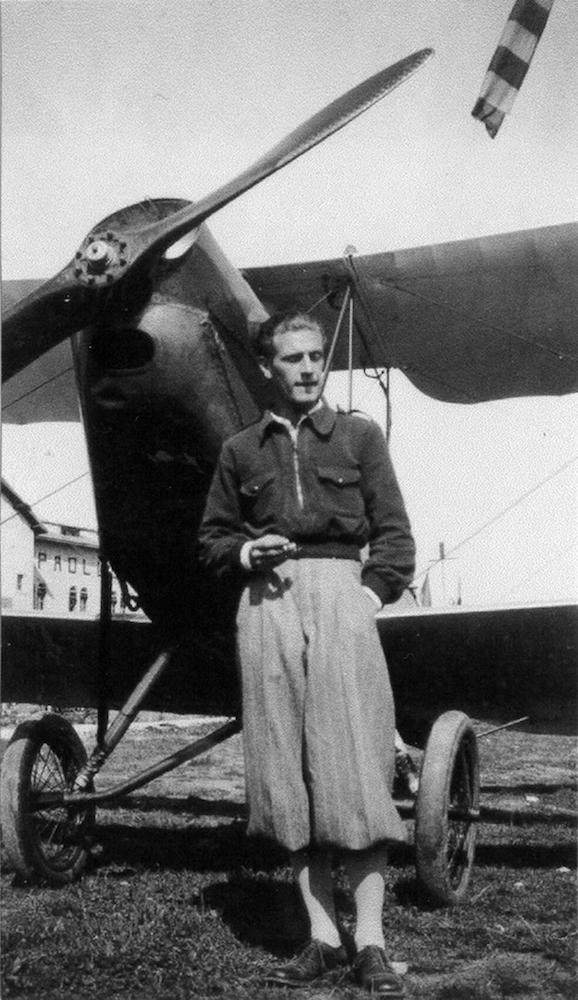
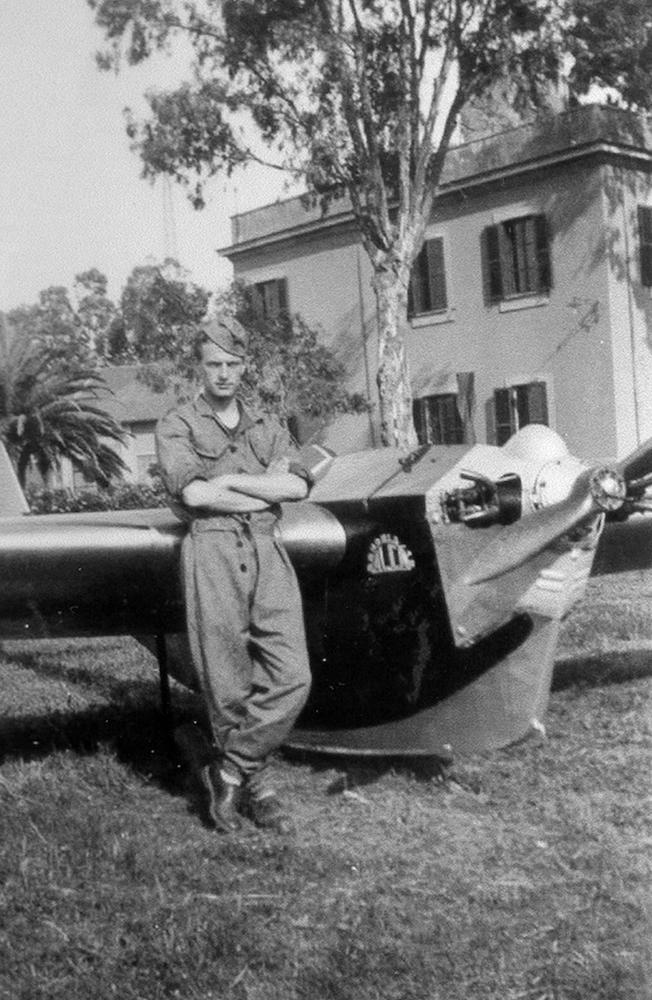
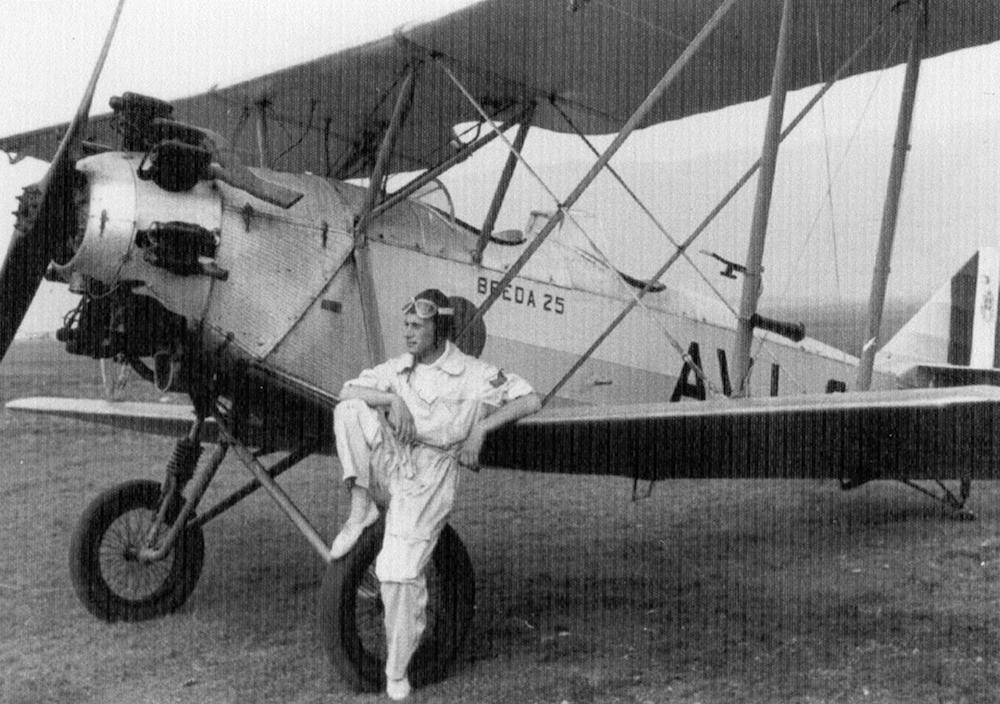
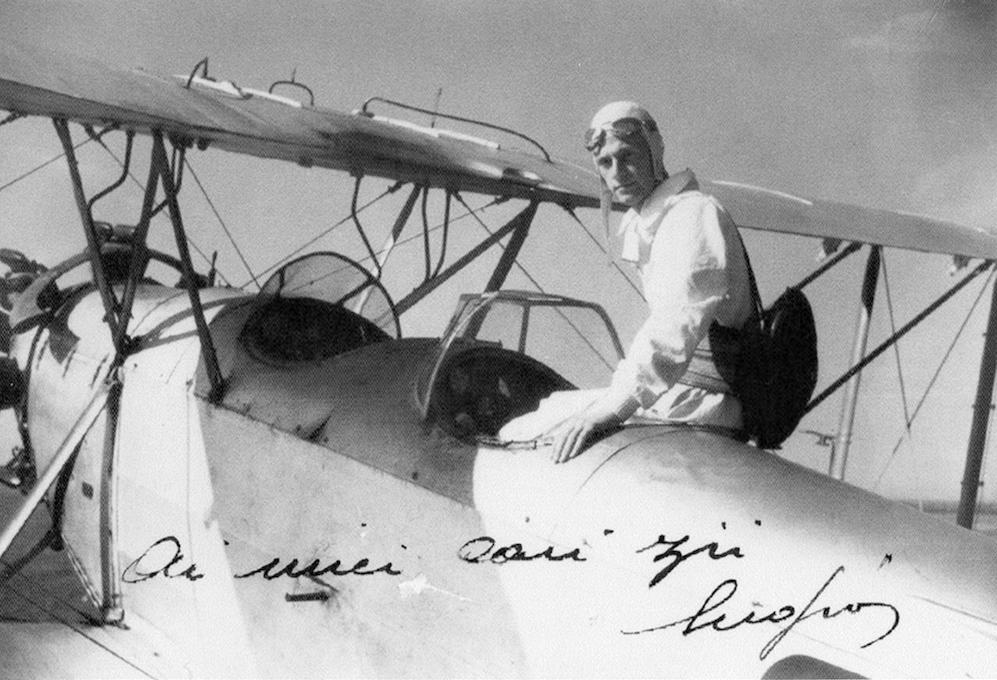
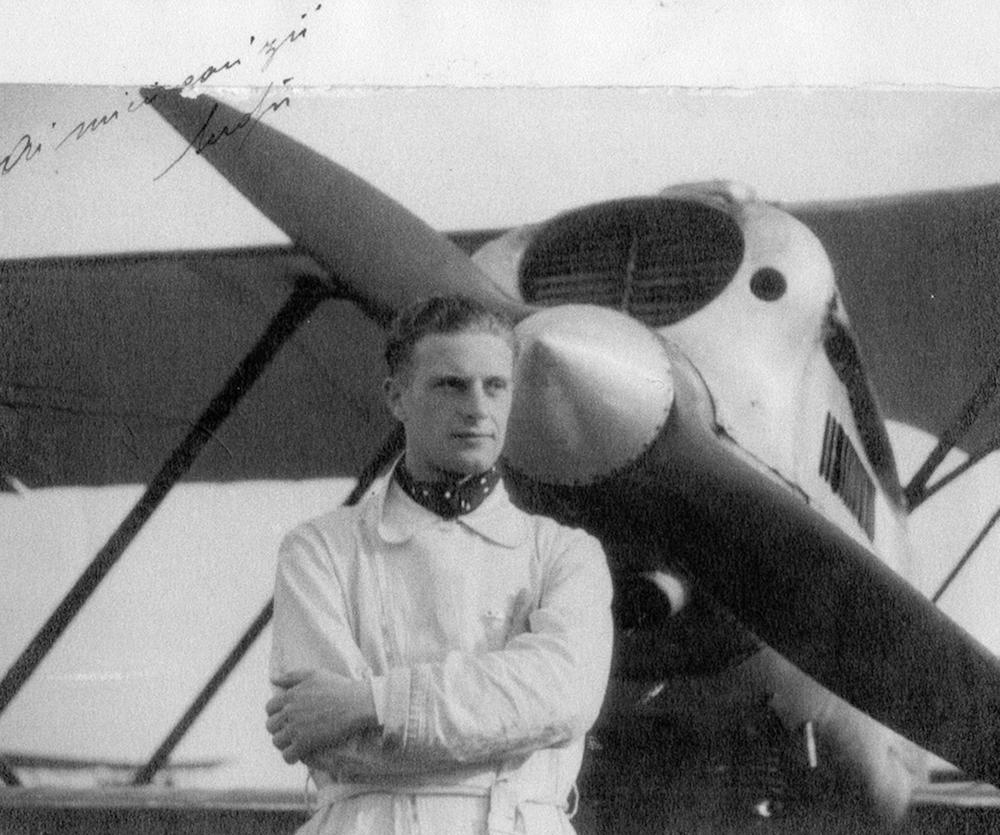
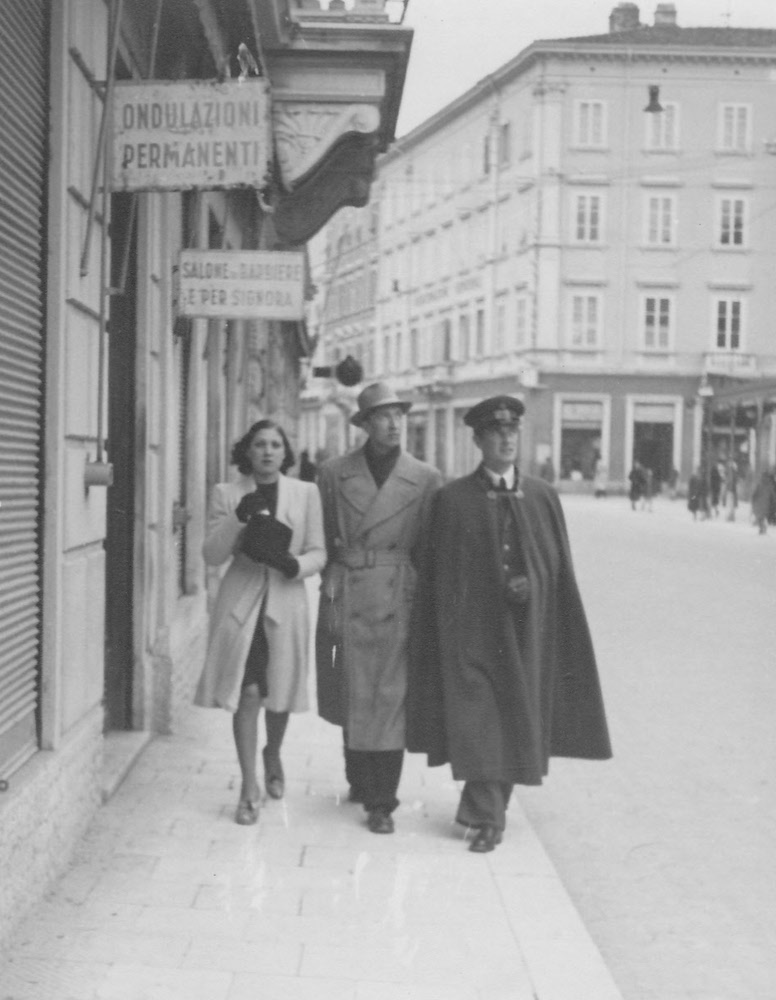
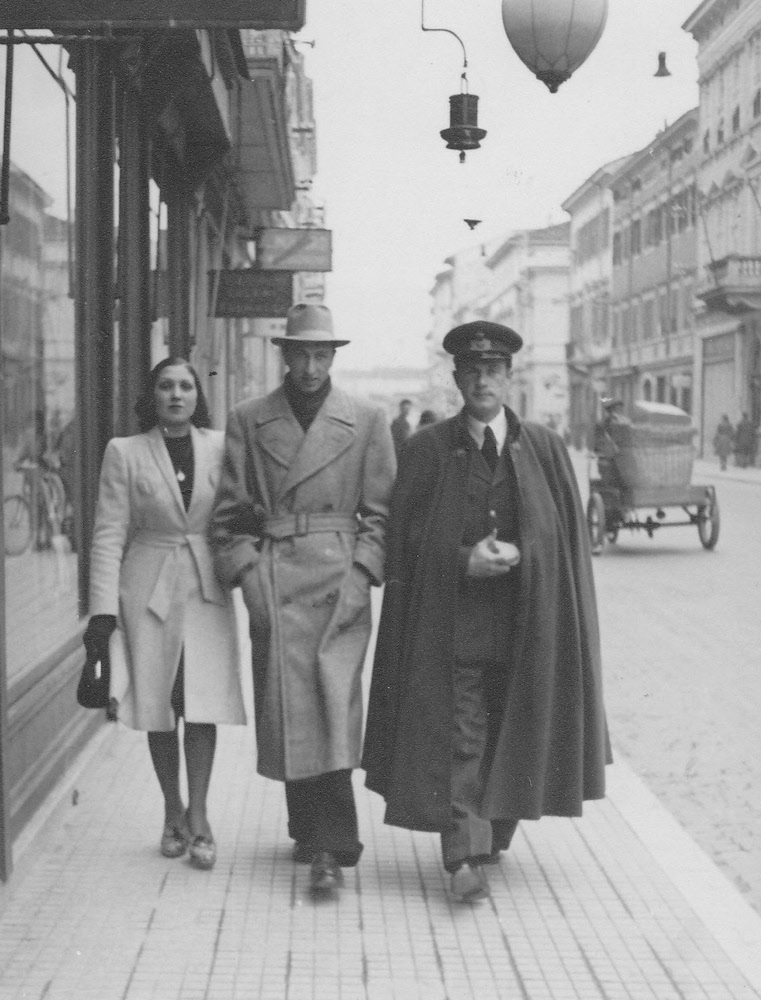
per gentile concessione di
Biplane fighter aces – Italy
http://surfcity.kund.dalnet.se/italy_stauble.htm
In July 1940 Sergente Maggiore Stauble served in the 73^ Squadriglia, IX Gruppo C.T., which was equipped with CR.42s. In the beginning of this month the IX Gruppo was sent to Comiso, Sicily to fly missions in the assault on Malta.
At dawn on 4 July 1940, 24 CR.42s led by Maggiore Ernesto Botto took off from Comiso and headed south-east. When they reached the 36th Parallel, they headed towards Malta, thus having the rising sun at their backs. Approaching Hal Far airfield, Botto, Sergente Guglielmo Biffani, Sergente Maggiore Stauble, Capitano Giuseppe Mauriello (97^ Squadriglia), Tenente Riccardo Vaccari and Sergente Maggiore Massimo Salvatore dived to attack.
The escort was composed by six CR.42s of the 73^ Squadriglia led by Tenente Vittorio Pezzè 600 m above, six of the 97^ Squadriglia led by Capitano Antonio Larsimont at 2000 m and finally by six of the 96^ Squadriglia led by Capitano Roberto Fassi at 4000 meters.
On 12 July 1940, theIX Gruppo C.T. arrived at Tripoli from Comiso with thirty-three Fiat CR.42s under the command of Maggiore Ernesto Botto. The Gruppo consisted of 73^, 96^ and 97^ Squadriglie.
The 73^ Squadriglia included Tenente Vittorio Pezzè (CO), Tenente Valerio De Campo, Tenente Giulio Reiner, Tenente Pietro Bonfatti (assigned in the end of July), Sottotenente Giuseppe Oblach, Sottotenente Carlo Battaglia, Sottotenente Alvaro Querci, Maresciallo Mario Ruffilli, Maresciallo Alberto Montanari, Maresciallo Norino Renzi, Maresciallo Corrado Ranieri, Sergente Maggiore Guglielmo Biffani, Sergente Maggiore Enrico Dallari, Sergente Maggiore Stauble, Sergente Lido Poli, Sergente Rossi, Sergente Mario Guerci (still in training) and Sergente Armando Matacena (still in training).
At 14:10 on 12 December, a formation of fighters from the IX Gruppo (14 CR.42s) led by Capitano Antonio Larsimont Pergameni took off to escort SM 79s and during the return journey ground strafed British vehicles on the Sollum-Buq-Buq road claiming four destroyed and four damaged.
Six CR.42s from the 73^ Squadriglia (Tenente Valerio De Campo, Tenente Giulio Reiner, Tenente Pietro Bonfatti, Sottotenente Giuseppe Oblach, Sergente Maggiore Stauble and Sergente Pasquale Rossi) took part. It seems one aircraft from the 96^ Squadriglia was lost after the action when Sergente Maggiore Giovanni Gallerani nosed over on landing and his fighters was written off during a clumsy recovery.
The escort was led by Capitano Antonio Larsimont Pergameni (temporary CO of the IX Gruppo since 10 December) and included the 73^ Squadriglia (Tenente Valerio De Campo, Tenente Pietro Bonfatti, Tenente Giuseppe Oblach, Sottotenente Giulio Reiner, Sergente Maggiore Stauble and Sergente Enrico Dallari) and the 97^ Squadriglia (Capitano Ezio Viglione Borghese, Sergente Franco Sarasino and Sergente Maggiore Otello Perotti). After 45 minutes of flight, between Sidi Omar and Sollum, they spotted a formation of Gladiators that soon attacked the SM 79s. Aviere Scelto Armiere Reggiani recorded that after the bombing the formation was attacked by a group of ten Gloster Gladiators. The gunners of the Savoias claimed the shooting down of two of them before they were dispersed by a squadriglia of the 4o Stormo’s fighters.
Sarasino claimed damage to several Gladiators. Meanwhile, another formation of Gladiators jumped the 73^ Squadriglia from above but these had been alerted and could react properly and a long and harsh dogfight began. Bonfatti, Oblach and Stauble claimed one each, while De Campo, Reiner and Dallari claimed one probable each. Several other Glosters were claimed damaged. Reiner’s, Bonfatti’s and Oblach’s aircraft were slightly damaged in combat but returned to base safely.
Following the morning’s adventure on 13 December, at 15:05, Capitano Antonio Larsimont Pergameni again led a patrol with four CR.42s from the 97^ Squadriglia (Tenente Ezio Viglione Borghese, Sergente Maggiore Raffaello Novelli and Sergente Alcide Leoni), eight from the 73^ Squadriglia (Tenente Valerio De Campo, Tenente Pietro Bonfatti, Sottotenente Giuseppe Oblach, Sottotenente Alvaro Querci, Sergente Maggiore Enrico Dallari, Sergente Maggiore Stauble, Sergente Maggiore Antonio Valle and Sergente Santo Gino) and eight from the 96^ Squadriglia to make a ground strafing against a British convoy in the Sollum-Buq-Buq area. While returning one Hurricane was attacked and claimed damaged, apparently by a 73^ Squadriglia pilot. They returned to T3 at 17:05 claiming nine armoured vehicles (five in flames and four damaged).
Stauble ended the war with 1 biplane victory.
13/12/40 08:45- 1 Gladiator (a) Destroyed Sidi Omar – Sollum 73a Squadriglia
Note di Matteo Chinellato relative alla scomparsa di Sergio Stauble:
la fine di Sergio Srauble rimane poco chiara, si pensava disperso in Russia ma non torna con quanto riportato sul libro relativo alla strage di Biscari. I parenti piu’ stretti di Sergio Stauble a quel tempo, tranne due fratelli, erano tutti morti durante un bombardamento a Marghera, mio zio è morto diversi anni fa e anche l’altro fratello. Di vivi ci sono attualmente solo la figlia e il figlio di mio zio e la figlia dell’altro fratello, ma anche a loro era stato detto poco.
Lettera del Senatore Andrea Augello a Matteo Chinellato:
Come potrà leggere nel mio libro (Uccidi gli italiani: Gela la battaglia dimenticata, edizioni Mursia) anche io avevo letto che suo zio era risultato disperso in volo nel mediterraneo nell’estate del 1943. In realta ho accertato che Stauble era di stanza, come pilota di caccia, presso l’aereoporto di Santo Pietro di Caltagirone e venne dato per disperso dopo l’occupazione dell’areoporto da parte della 45° divisione americana il 14 luglio del 1943. A quella data l’aereoporto era già stato reso inservibile dalle incursioni aeree alleate da due settimane. Quindi suo zio si ritrovò nel bel mezzo della battaglia per la difesa dell’aereporto, fianco a fianco con avieri, mitraglieri e fanti che con le armi in pugno eseguirono l’ordine di difendere il perimetro. Al
termine della battaglia gli americani fucilarono 72 prigionieri italiani e 4 tedeschi. Tra questi purtroppo anche suo zio. Le salme furono sepolte dapprima nel cimitero di Biscari (oggi comune di Acate), poi furono trasferite nell’agosto del 43 presso il cimitero di guerra di Gela. Furono poi le autorità italiane a trasportare tutti i nostri caduti nel sacrario militare di Catania. I fucilati di Santo Pietro erano stati inumati dagli americani classificandoli come “ignoti”.
Pertanto nel sacraio di Catania i loro resti sono stati raccolti nell’ossario ed è per questa ragione che lei non troverà il nome di suo zio su nessuna lapide, ma di sicuro i suoi resti riposano a Catania accanto a quelli dei commilitoni. Sul luogo della strage, dopo la pubblicazione del libro, la regione Sicilia ed il comune di Caltagirone hanno eretto una stele commemmorativa che reca il nome di tutti i caduti.
http://www.mursia.com/index.php/it/storia/uccidi-gli-italiani2015-12-04-06-06-081755738759-detail
